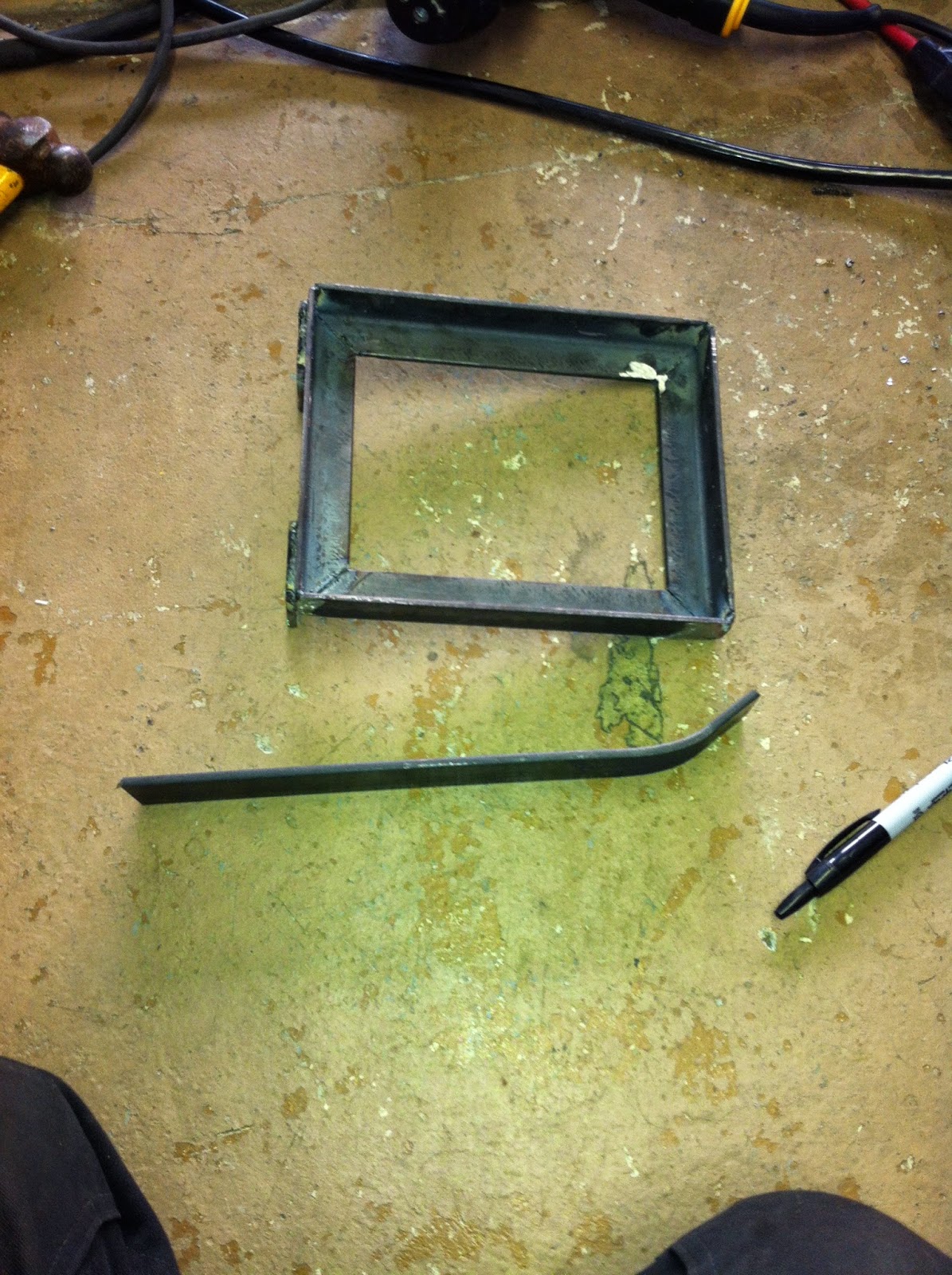I found a gently used 4wd version of an NV4500 on Craigslist and got a smoking deal on it. It is the early GM version with the 6.3:1 first gear. I took it to be rebuilt at a local shop, J&G transmissions. At the same time I ordered the Advance Adapters early GM NV4500 to Toyota 3 speed transfer case adapter. Because the bellhousing that came with the GM had the internal slave cylinder mount, I decided to stick with the Toyota system and picked up the AA GM bellhousing and Toyota slave cylinder bracket mount as well.
Parts List:
Transmission: GM NV4500 GM Code GBX
Bellhousing: AA purchased from Summit Racing P/N ADD-712577
Trans to T-Case Adapter: AA purchased from Summit Racing P/N ADD-50-0211
Slave Cylinder Bracket: AA purchased from Summit Racing P/N ADD-716288
I am bad at remembering to take before photos so these dive right into the clusterfuck that is me prepping the transmission for the T-case. To prep the trans, you have to remove the tailhousing that comes on it, remove the harmonic damper, cut the shaft down and then reassembly with the AA parts. You need a special socket that is several hundred dollars to pull the damper and I couldn't find anyone to loan it or just do it for me without wanting serious coin or to do a full rebuild. So I improvised....
Starting point: This is the NV4500 as returned from being rebuilt, and after I bolted on the AA bellhousing.
This photo shows the stock GM tailhousing removed, revealing the harmonic damper that I need to get rid of.
This is the harmonic damper and locking nut on the output shaft of the transmission. This needs to go.
With the help of my angle grinder I made a cut into the harmonic damper. I cut through the output side and slightly tapered it high, so as not to cut into the shaft on the inboard side. You are cutting off a good section of shaft (consult the AA instruction sheet), so you don't have to worry about damaging the outboard side of the output shaft.
I rotated the damper about 45 degrees and made a second cut in the same manner.
I then took two pry bars and using counter pressure, broke out the notch that I made in the damper. This piece is just cast iron so it should break fairly easily. This gave access to the retaining nut. I then used a punch and hammer to spin the nut off. NOTE: make your cutout where you can easily access one of the tabs on the nut to be able to hit it off with the punch.
Once the nut is off I used a Harbor Freight hydraulic puller to rip off the remaining section of the damper.
Annoyingly, I couldn't get a machine shop to cut the shaft down while it was in the transmission. It was a new rebuild so I didn't want to have to open it up, just to close it again. The AA instructions say you can cut it off with a grinding wheel, but also show a cutoff dimension accurate to the hundredth of an inch. With limited options i figured what the hell.
This photo shows the concept. I used my calipers to set the distance and scribe a line. I clamped on some vise grips so I can keep the shaft spinning while I cut. I first cut with a dremel tool because it was easier to hold steady. Once I had a good channel I used a larger cut off wheel to cut through it.
Here is the transmission output shaft cut off. It came out pretty good. I beburred the edges and checked square when finished, filing/stoning down the high spots on the shaft end. Probably overkill for this application. At this point it is ready for the adapter kit.
When you remove the damper, you remove the retainer for fifth gear so it is free to come apart. The AA kit uses a split collar to clamp this into place. They offer no torque guide so I looked one up on Roland's website and used 170 in-lbs to torque the cap screws down. I also used a generous portion of blue loctite.
Then just slide on the AA stub shaft.
AA provides a bearing and snap ring that fits into/onto their adapter. In this application they are really using the lock ring as a flange. I tried to find clarification online and couldn't but the assembly matches their diagrams. As I slid this assembly over the shaft the bearing popped out. I would bolt on the housing and then slide in the bearing next time. Not difficult either way.
Following what was done during the rebuild, I used some black RTV to make my gasket, rather than a gasket. This is probably a bit heavy on the sealant.
Then just slide the housing on and bolt together. The bolts are 12 point, 10mm sockets.
Here is the transmission assembled and ready to be installed. If you can't figure out how to bolt on the bellhousing you shouldn't be attempting this, so I left that out.




















































